How to propagate the vesicle?
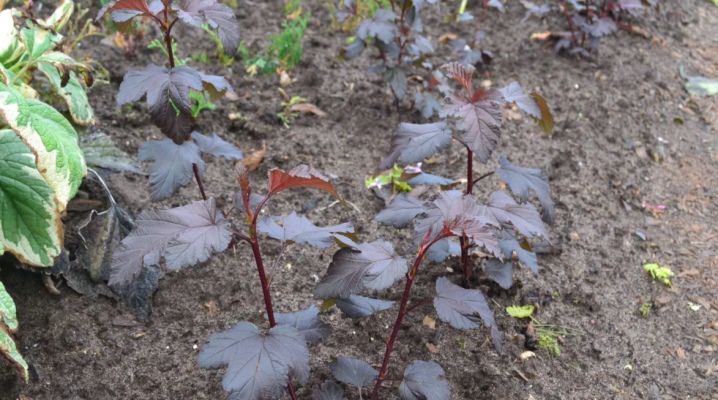
An unusual looking bubblegum is actively used in landscape design. Independent reproduction of this ornamental shrub is carried out in several ways.
Cuttings
Cutting is an easy way to propagate the bladder at home. Moreover, it is it that allows you to grow a bush that retains the unique characteristics of hybrid varieties. Planting material should be obtained only from a plant whose age has exceeded the 5-year mark. The root system of such specimens is already formed, which means that the plant is able to devote all its strength to improving the green mass. Sick and weak bushes of the vesicle, as well as those that have a loose crown and do not bloom well, are categorically not suitable for obtaining cuttings.
The optimal timing for cuttings is in summer and autumn. In principle, it is not forbidden to organize reproduction in the spring, but at this time the shoots will not be able to develop enough to form a young bush that has retained its parental characteristics. In order to properly cut the bladder at the beginning of the season, you will need to select the healthiest and strongest branches and completely clean them of leaves, with the exception of the crown. It is important to have time to cut them before budding begins. Green shoots should be 10 to 15 centimeters long. Their lower cut is made at an angle of 45 degrees approximately under the kidney.
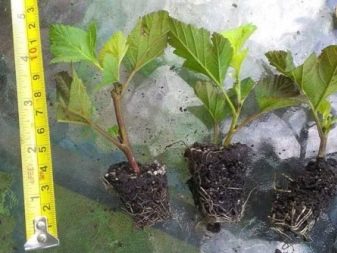
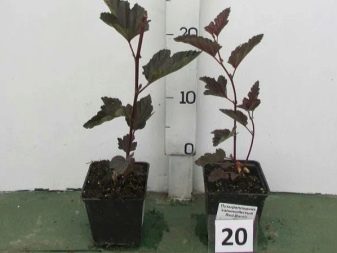
In summer, cuttings are harvested during formative pruning. This procedure is carried out in July in case of a temperate climate and at the end of June in the southern regions. Even shoots obtained in early August are allowed to be involved, but it is better to complete the work before flowering. Cuttings are obtained by shortening the green stems of the current year, which extend beyond the crown, by a third of the length. As a result, fragments with a length of about 20 centimeters should be formed, containing 4 points of growth.
Planting material for autumn cuttings is harvested from September to October during the preparation of the bush for winter. The procedure is recommended to be carried out in the early morning or on a cloudy day. The removed shoots, about 10 centimeters long, can be immediately rooted in a street cuttings with obligatory shelter for the winter, or planted in a container or flower pot for home wintering. In both cases, planting is carried out in river sand or in a mixture of sand and peat. The bubble is well watered and covered with a cut-necked plastic bottle or plastic wrap.
A branch for further rooting is always selected to be strong, well-developed and healthy. It is important that the stem grows evenly, as crooked shoots are not suitable for reproduction. Both cuts are made with a well-sharpened knife or similar working attachment.
The tool must first be disinfected by dipping it into a bright pink manganese solution or treating it with alcohol. The bottom cut is always angled and the top cut straight.
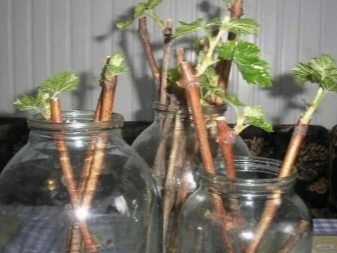
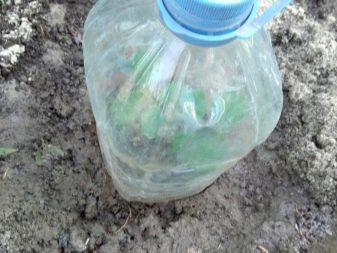
Usually, between them there should be about 5 active growth points of buds or leaves. The leaf mass is almost completely removed so as not to take away the nutrients necessary for the development of the root system. As a rule, it is cut in half at the top and ends completely at the bottom.Some gardeners also recommend lightly scratching the surface at the base of the cutting to stimulate root formation.
Summer harvesting is dipped into a stimulating preparation for a day and immediately transferred to a cuticle, which is in a shady place and allows the harvesting to be buried in a wet mixture of peat and coarse sand. You can also powder the base of the cutting with "Kornevin" or even do without such stimulation. It is better for plants to winter in the same place, and only after a year are they allowed to be moved to their permanent habitat. The spring material is immediately removed into the water, where it is kept until an acceptable temperature is established outside. In early June, seedlings with emerging root threads are transferred to the cuttings.
Planting a seedling in a permanent place of growth is carried out if the temperature is set at +15 degrees and above. The plant is carefully dug out of the soil and dipped in a pale pink solution of potassium permanganate for a couple of hours. Further, the bladder should withstand the same time period in "Kornevin". The size of the hole is determined depending on the size of the root system. The depth is made so that the pair of upper buds rise above the surface. The depression is filled with a mixture of turf, compost, sand and 50 grams of superphosphate. A seedling is located vertically in the middle, and the free space is filled with soil. Upon completion, the plant is irrigated and mulched.
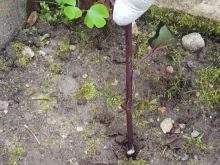

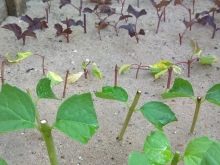
Reproduction by layering
Propagating the vesicle by layering is a fairly simple and effective method, however, no more than a couple of young plants can be obtained in this way. It is recommended to carry out the procedure in April, during the blooming of young leaves. To breed a plant, you need to take a young lateral shoot that can be easily bent to the ground. The branch is cleared of almost all leaves, with the exception of those that grow on the top 10 centimeters. A groove with a depth of 10 to 15 centimeters is dug directly under the selected shoot.
The entire exposed part of the shoot is fixed in the recess using special brackets, wooden pins or other similar devices. From above, the layering is covered with nutritious soil. It is necessary that the top with the leaves remain above the ground. To give it an upright position, you will need to fix it on a peg. In the future, the layers will need to be watered regularly and slightly loosened after irrigation. If the soil is too dry, the plantings will quickly die. The plant is separated from the mother plant only at the end of the season, always before the onset of frost. In the first winter, the young bubblegum will have to be covered with spruce branches.
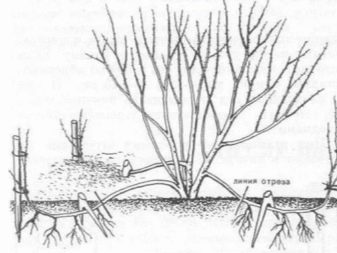
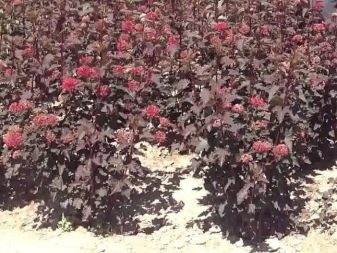
Dividing the bush
Breeding the bladder by dividing the bush is considered a fairly simple procedure. It is carried out either in the fall after flowering, at least 1.5 months before frost, or in early spring before the start of active growth. In principle, it is possible to dig a bush in the summer, but then you have to act very quickly so that the plant does not dry out. When dividing, a lush adult bush can be divided into 4-6 parts.
It is recommended to dig the planting holes in advance, even before the extraction of the mother bush begins. If the work is carried out in the spring, then you can additionally shorten all the stems at a height of 60–70 centimeters - this will stimulate the emergence of new shoots.
The bush is carefully dug out of the ground along with a lump of earth and cut with a shovel or pruner into several parts so that each has a good rhizome and at least a couple of healthy branches more than 20 centimeters long. The resulting vesicles are immediately distributed to new habitats so that their roots do not have time to dry out. The procedure ends with watering and mulching.
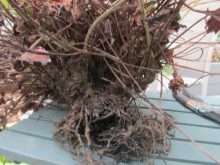
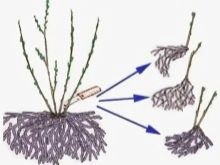
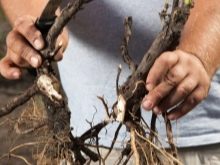
How to plant with seeds?
The seed propagation method of this culture is considered rather complicated, and therefore it is used only for species varieties covered with solid green leaves. The seeds of the bladder are harvested in September, when the fruits are finally ripe and open. Direct sowing can be carried out both in autumn and in spring, but in the second case, the material will definitely need stratification. To this end, the grains are removed for a couple of months in the refrigerator or they are folded into a cloth bag and covered with snow.
In autumn, seeds are planted in open ground with the addition of sand and peat, with a deepening of 2-3 centimeters into the soil. The place where the seedling will appear in the future is immediately covered with plastic wrap.
In the spring, it is customary to first plant stratified seeds in a container under a film with immersion in a lightweight soil mixture for the same 2-3 centimeters. The picking of the vesicle is carried out when 2-3 pairs of full-fledged leaves appear on the bush.
Saplings obtained indoors must be hardened before being transported to unprotected soil. For the first time, the containers are taken out only for half an hour in the shade. In the future, the brightness of the lighting and the duration of the procedure increase.

When the seedlings can stay in the fresh air for 2 hours, they can be planted in their permanent habitat. A well-lit or partially shaded place is suitable for the vesicle. The soil should be neutral or acidic. A seedling hole is dug out in size 2 times the size of an earthen coma holding on to the roots of the plant. At its bottom, a layer of peat, compost or leaf humus forms.
The seedling is installed in the middle of the groove so that the root collar is 5 centimeters below the soil level. The distance between individual specimens is kept equal to 1.5–2 meters.
It should be mentioned that in the spring, the seeds of the bladder can be immediately distributed over the garden bed, followed by mulching with a thin layer of peat or humus. This should be done only after the soil has warmed up and is suitable for the formation of beds.
At first, crops should be protected with plastic wrap or non-woven covering material, especially if the weather is dry. The emergence of shoots is accompanied by thinning of the plantings, as a result of which no more than 20 young plants should remain per square meter. This procedure will prevent thickening and will make it possible to ensure the full development of seedlings. In the fall or next spring, the vesicle is transferred to its permanent habitat.
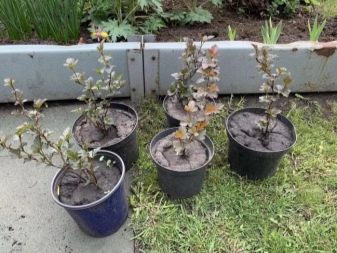
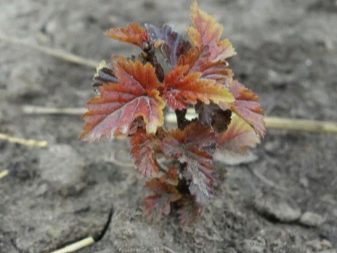































































The comment was sent successfully.